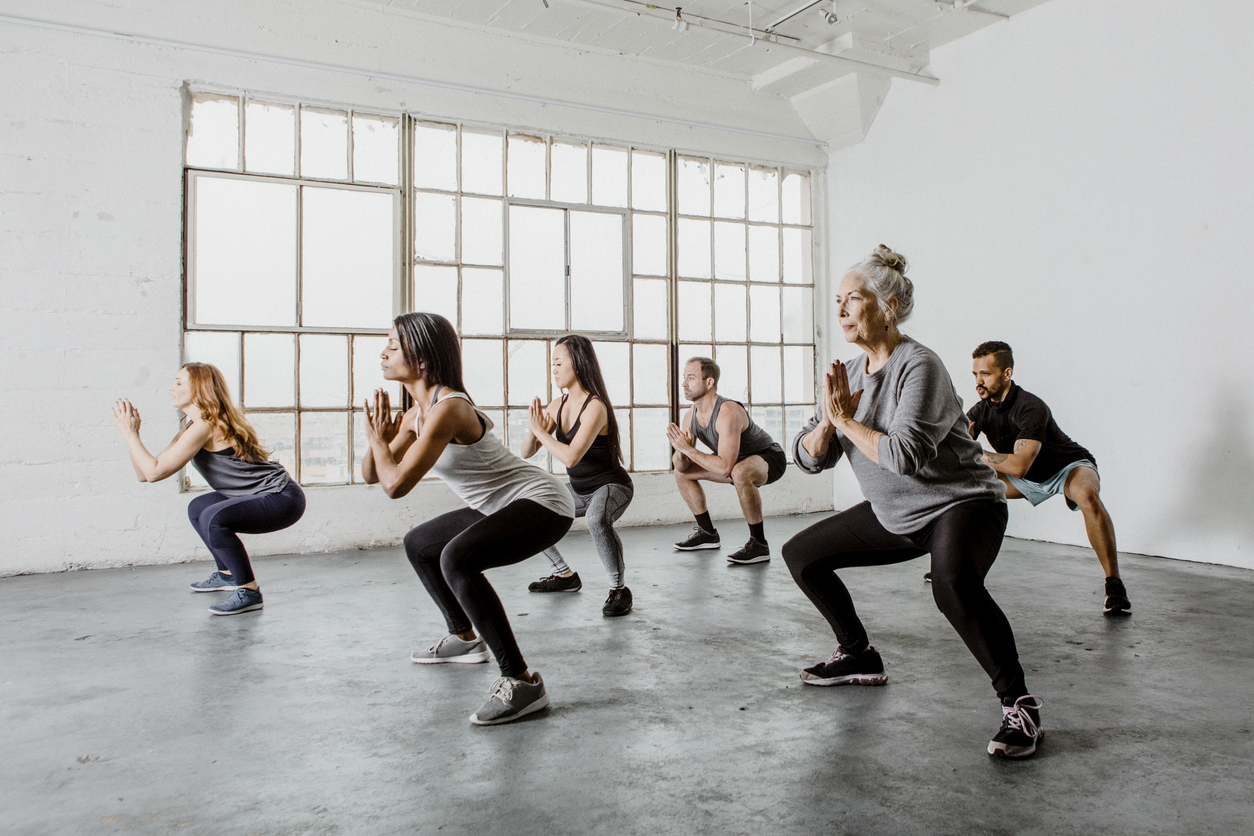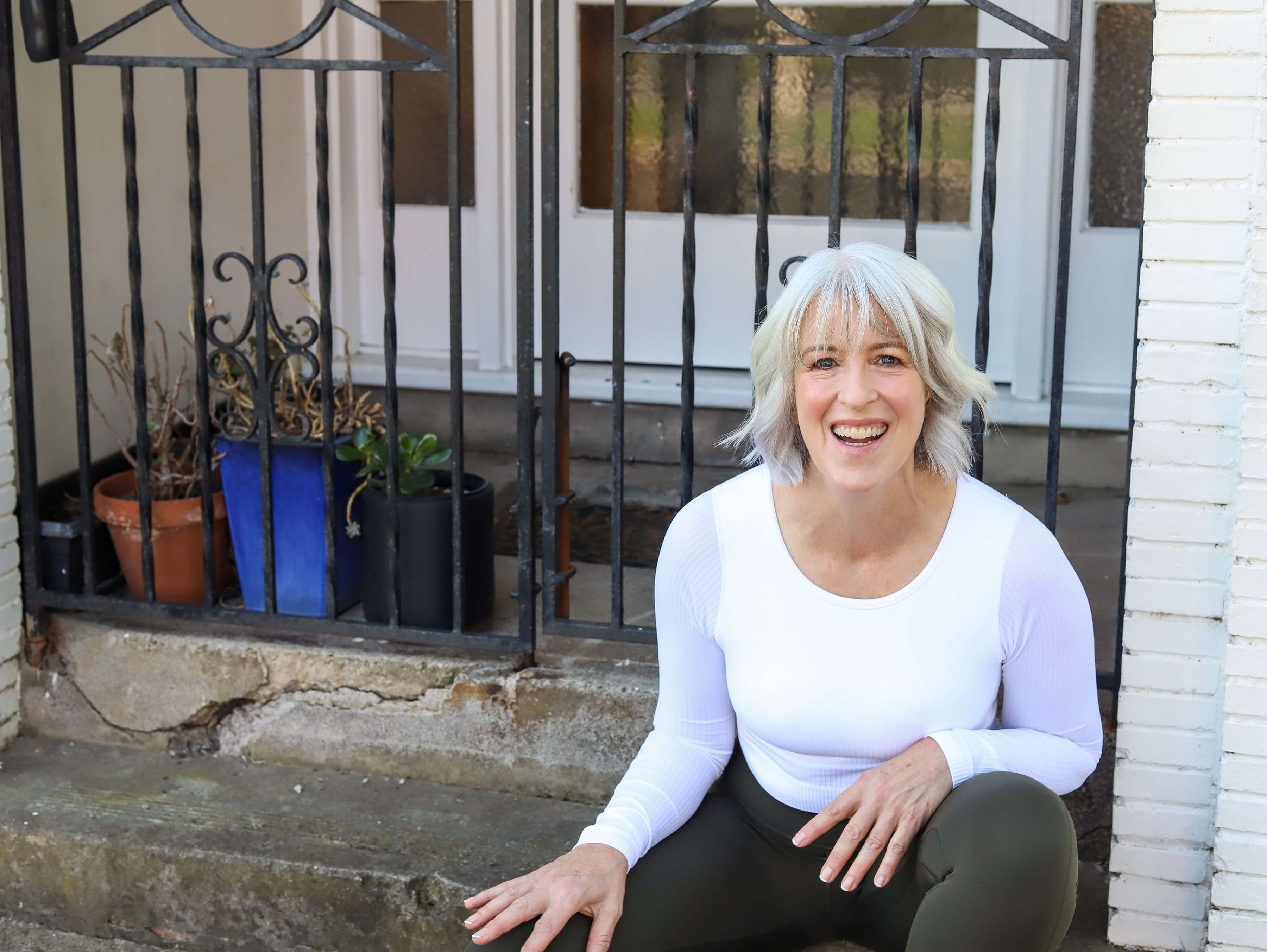
10 Myths About Movement, Exercise & the Body
At Women’s & Men’s Health Physiotherapy we focus solely on restoring pelvic health, empowering every person to live their best life. This often involves introducing or modifying movement practices and general exercise as they both result in numerous physical and psychological benefits. Unlike many other Pelvic Health Physio practices, we don’t offer Pilates or other movement classes. This means we can support our patients to explore what will work best for them without any bias.
Whilst exploring the many options, we have found it useful to understand the beliefs people have regarding movement, exercise and their body. Sometimes these beliefs serve as barriers to adoption and engagement or result in frustration with results, so we invited exercise & movement expert, Anita Del Testa to share the top 10 myths she encounters. Anita is the director of Women’s Yoga & Strength Society, and has a broad perspective on this topic as a certified Iyengar Yoga teacher, Personal Trainer & Women’s Strength Coach.
Myth #1- “Lifting weights will make me bulky—I just want to TONE”
Muscle tone is simply the natural tension in a muscle at rest—it doesn’t mean how “cut” or visible the muscle is. To achieve a toned, sculpted look, you need to build muscle and reduce body fat. Strength training is key, and no, it won't make you naturally bulky. Building significant muscle bulk requires dedicated nutrition and specialised training approaches over an extended period of time.
Myth #2- "Yoga isn't 'real' exercise"
Yoga transcends mere physical activity; it's a wholistic practice that unites the body, mind, and spirit. Beyond enhancing strength, balance and flexibility, yoga encourages self-awareness and personal growth. By integrating mindfulness and ethical principles, it fosters qualities like compassion, truthfulness and non-violence, guiding us toward becoming better individuals. Embracing yoga means committing to a journey of self-improvement, both on and off the mat.
Myth #3- "I’m too old to get stronger"
It's never too late to improve your strength, mobility or health. Age-related muscle loss leads to frailty, increasing the risk of falls and fractures, loss of independence, isolation and declining mental health. Strength training is a proven way to combat muscle loss and stimulate bone growth, reducing the risk of osteoporosis. Building muscle not only supports your bones but also improves balance and coordination, further reducing the risk of falls. Starting strength training later in life still yields significant benefits— not only muscles and bones but also confidence and a sense of independence.
Myth #4- "I need to burn X number of calories during an exercise workout"
Focusing on calories burned during exercise misses the bigger picture. Movement strengthens your heart, improves mental health and builds muscle. Instead of chasing numbers, enjoy activities you love. Most of your daily energy expenditure comes from non-exercise activities and your basal metabolic rate (BMR) - the energy your body uses to maintain itself while at rest. Interestingly, your BMR accounts for 50–80% of your daily energy expenditure with exercise typically accounting for only 5-15%.
Myth #5- “I only need to do one type of exercise”
Just like a balanced food diet needs to include all macronutrients (carbs, fats and protein) to fuel your body and maintain long-term health, so too does your “movement and exercise diet”. There are multiple body systems that benefit from movement; 1) the cardiovascular system, 2) musculoskeletal system and 3) nervous system. This means ensuring that movement practices include something that 1) increases heart rate and gets you puffing, 2) strengthens muscles and bones and 3) calms the nervous system and helps the body restore. The body and the brain love variety so aim for a balanced movement diet.
Myth #6- "Heart disease is a man's problem"
Heart disease is the second leading cause of death for women in Australia (dementia being number one) and symptoms often present differently than in men. Regular movement—whether it’s yoga, walking, or strength training—supports cardiovascular health. Combine this with a balanced diet, stress management, good sleep and regular checkups with your GP and you will keep your heart strong.
Myth #7- "Scale weight = Progress/Results/Self Worth"
The scale is just one piece of data. Progress can also be measured in how you feel, how your clothes fit, your body composition and how much energy you have. For people with pelvic health conditions, response to movement can be measured by improved bladder control and reduced pain during intimacy and exercise. Your worth is not determined by a number—it’s in the overall health and confidence you build along the way.
Myth #8- "If I don't feel sore, I didn't work hard enough"
Soreness is not a reliable indicator of an effective workout. While you might feel sore when trying new movements, consistent training leads to better recovery and less soreness. Instead, focus on progressive overload—gradually increasing weights, reps, or intensity over time—to track your progress.
Myth #9- "BMI = Health"
BMI (Body Mass Index, calculated by dividing your weight in kilograms by the square of your height in metres) was never intended to measure individual health, yet it’s still widely used. It overlooks muscle mass, bone density, and lifestyle factors. A better gauge of health includes fitness levels, body composition, sleep and how you feel in your daily life.
Myth #10- "I can out-exercise a bad diet"
You can't out-train poor nutrition. Food is the foundation of health, energy and performance. While exercise helps build muscle and burn calories, your diet provides the raw materials your body needs to repair and grow stronger. Think of food and exercise as partners in your overall health.

We thank Anita for sharing these myths. To find out more about Anita and Women’s Yoga & Strength Society, see her Instagram @womensyogaandstrengthsociety or visit her website www.wyss.com.au to sign up for a weekly newsletter, read her excellent blogs or book a 30-minute discovery call.




